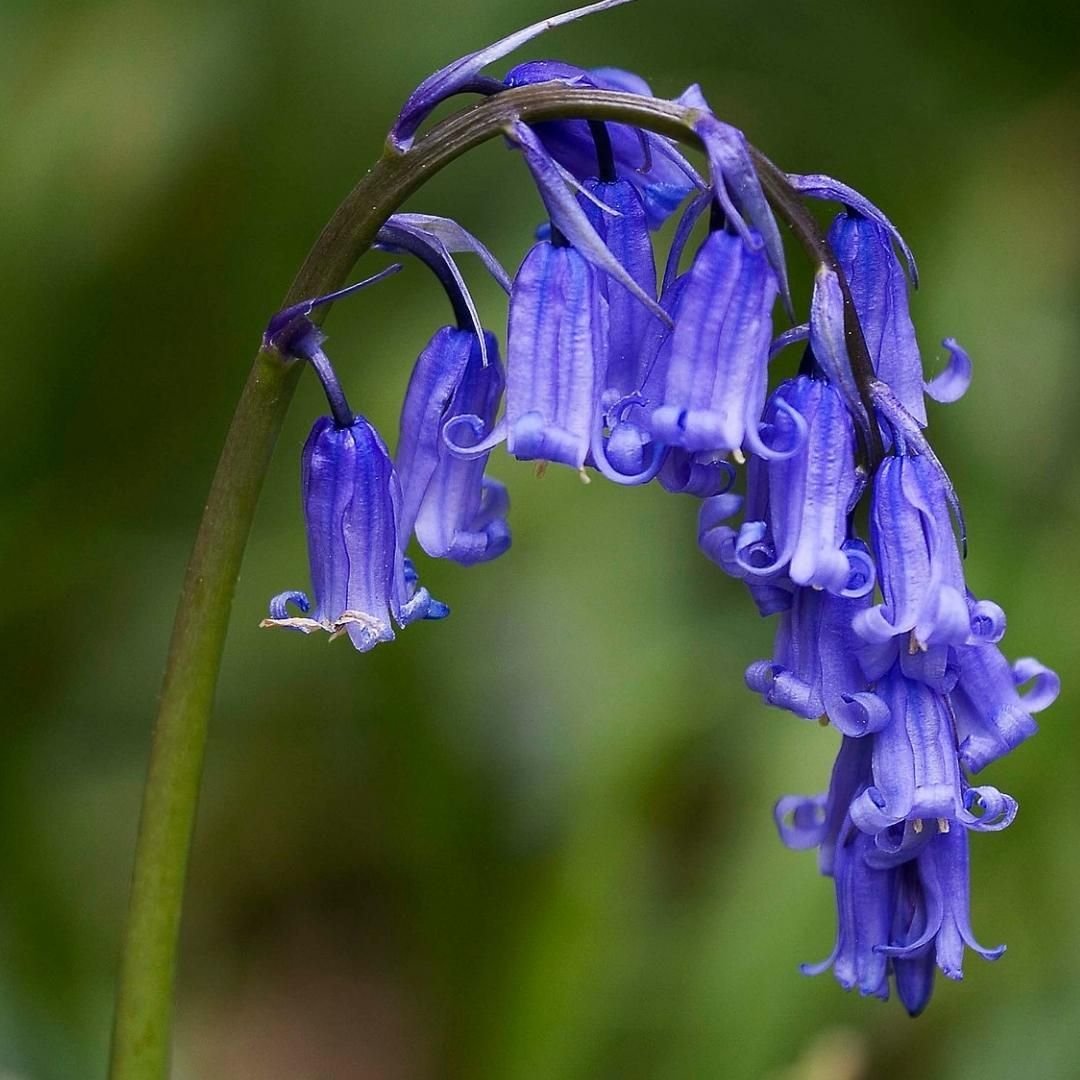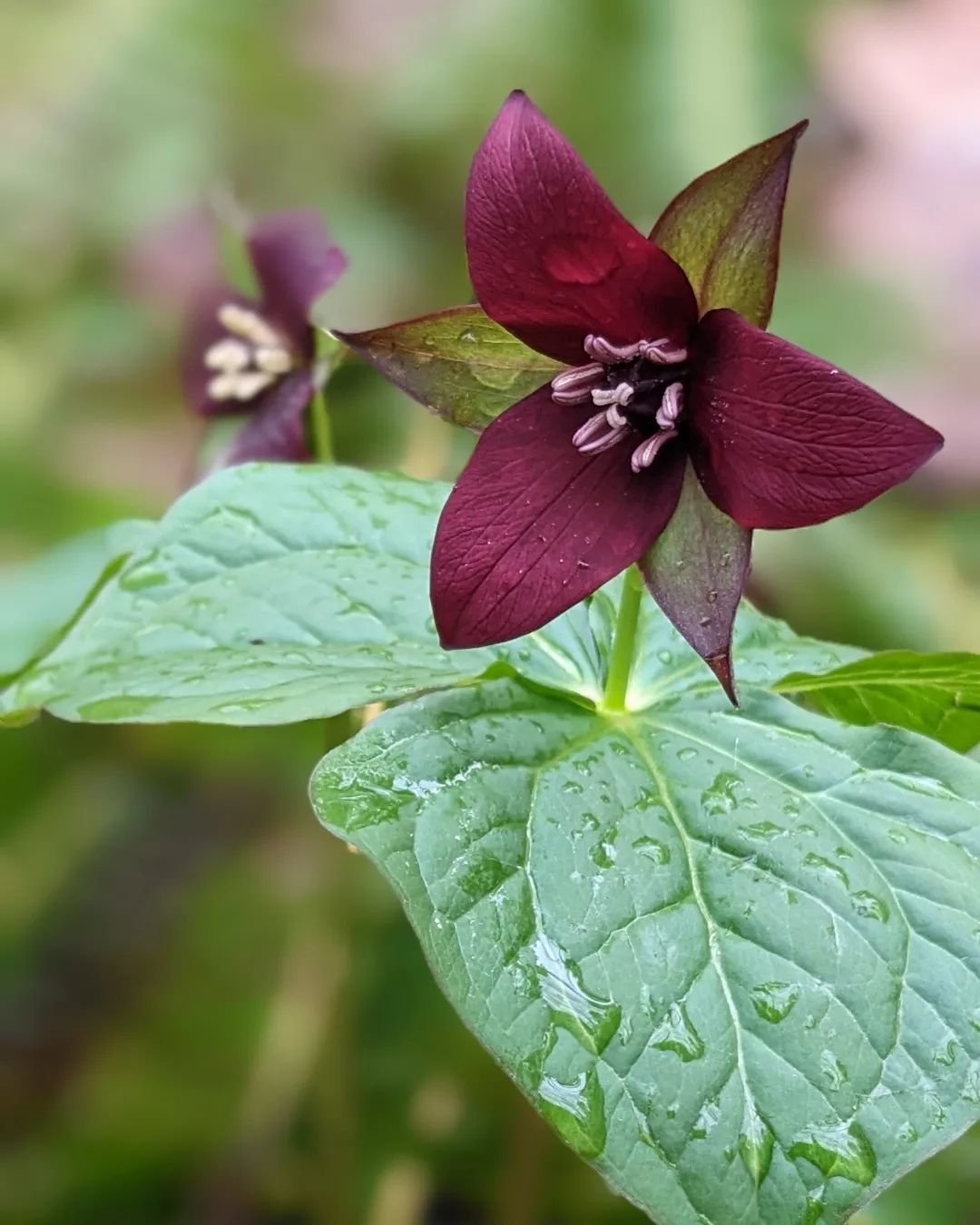Discover the charm of Bluebell flowers! Learn how to grow and care for these spring beauties in your garden. Get tips on planting, care and enjoying these woodland wonders.
Bluebells are pretty flowers that cover the ground in many forests during spring. They’re like a blue carpet in the woods! Let’s learn more about these lovely flowers and how you can grow them.
Here’s a comprehensive and easy-to-understand chart for Bluebell flowers:
| Attribute | Details |
|---|---|
| Botanical Name | Hyacinthoides non-scripta |
| Common Name | Bluebell |
| Plant Zone | 4-9 |
| Sun Exposure | Partial Shade to Full Shade |
| Soil Type | Well-drained, humus-rich soil |
| Watering | Moderate, keep soil moist but not waterlogged |
| Growth Habit | Clump-forming, spreading |
| Height/Spread | 12-18 inches tall / 6-12 inches wide |
| Special Features | Attracts pollinators, deer-resistant, naturalizes easily |
What Are Bluebell Flowers?

Bluebells are small, bell-shaped flowers that grow in groups. Their scientific name is Hyacinthoides non-scripta. In the USA, we often see a type called Virginia bluebells (Mertensia virginica).
How Bluebells Look
- Shape: The flowers look like tiny bells hanging from a stem.
- Color: Most are blue, but some can be pink or white.
- Size: Each flower is about 1 inch long and the plant grows 6-12 inches tall.
- Leaves: They have long, narrow green leaves.
When Do Bluebells Bloom?
Bluebells usually bloom in spring, often in April and May. They’re one of the first flowers to appear after winter, which is why many people love them.
Growing Bluebells in Your Garden
Want to grow bluebells at home? Here’s how:
- Where to Plant: Choose a spot with partial shade. Bluebells like areas under trees.
- Soil: They like soil that’s moist and rich in nutrients. Add some compost to your garden soil.
- Planting: Plant bulbs in the fall, about 4 inches deep.
- Watering: Keep the soil damp, especially when the plants are growing.
- Care: After the flowers die, let the leaves stay until they turn yellow. This helps the bulb store energy for next year.
Taking Care of Bluebell Plants
Bluebells are pretty easy to care for. Here are some tips:
- Dividing: Every few years, you can dig up and separate the bulbs to make more plants.
- Pests: Watch out for slugs and snails, which might eat the leaves.
- Spreading: Bluebells can spread a lot. Make sure they don’t take over your whole garden!
Using Bluebells in Your Garden
Bluebells look great in many types of gardens:
- Woodland Gardens: Plant them under trees for a natural look.
- Spring Gardens: Mix them with other spring flowers like daffodils.
- Native Plant Gardens: If you use Virginia bluebells, they’re great for local wildlife.
Remember, bluebells go dormant (stop growing) in summer. The leaves will die back, but don’t worry – they’ll come back next spring!
Are Bluebells Safe?
While bluebells are beautiful, it’s good to know that the bulbs can be harmful if eaten. It’s best to keep pets and kids from eating any part of the plant.
Enjoying Your Bluebells
Bluebells are a wonderful sign that spring is here. They’re easy to grow and can make your garden look magical. With these simple tips, you can enjoy these pretty blue flowers year after year.
Interesting Bluebell Facts
- In some parts of Europe, bluebells are protected by law because they’re so special.
- Bees and butterflies love bluebells and often visit them for nectar.
- Native Americans used Virginia bluebells for food and medicine.
By growing bluebells, you’re not just making your garden pretty – you’re also helping local wildlife!
For more gardening tips and plant care guides, visit usagardenhub.com.






